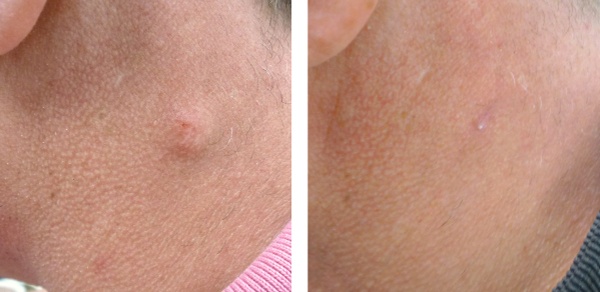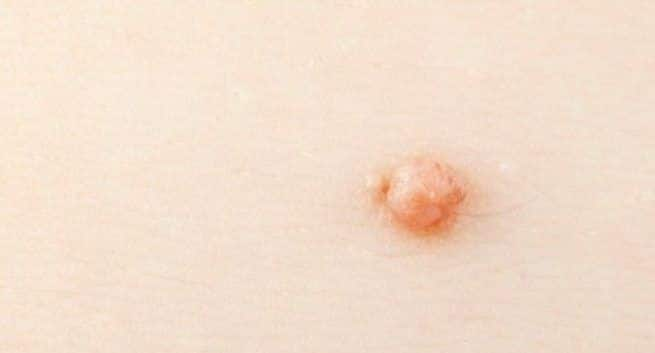The skin can develop moles, which are frequent skin growths, anyplace on the body. Although they are generally benign, skin cancer can occasionally result from them. Because of this, it’s crucial to remove moles carefully and handle them with care.…
Call Us Now
0207 030 3370
Lines Open: 9am – 9pm | Mon – SunAward Winning
5-Star Rated Clinic
5/5






